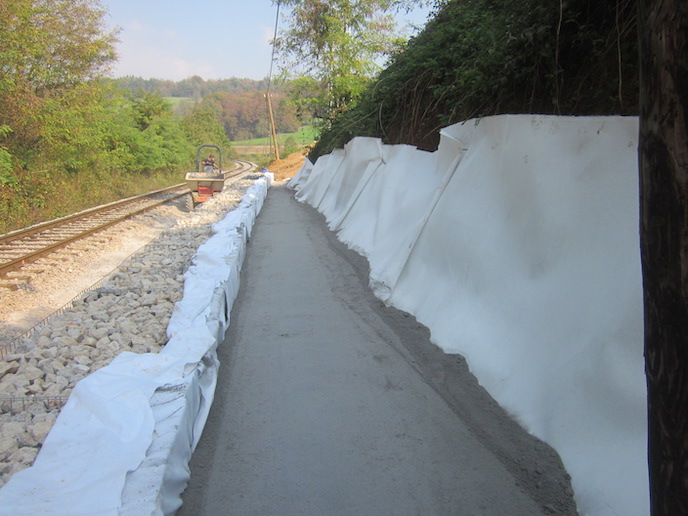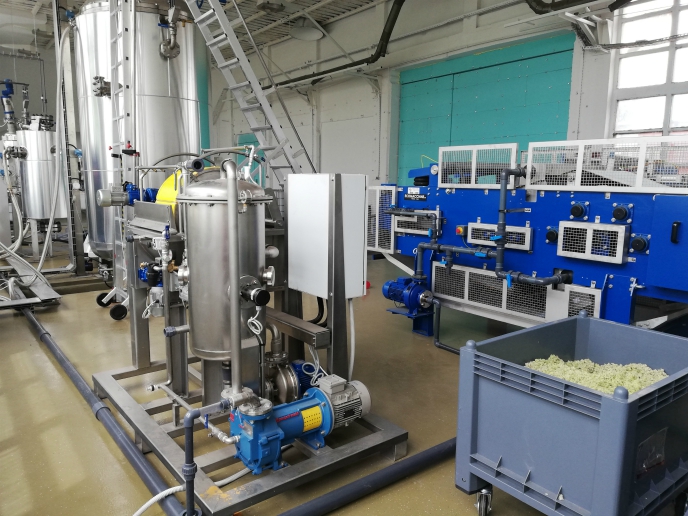Turning the page on paper waste
A paperless future has been heralded for decades, but paper is still very much present in our daily lives. In Europe alone, around 130 million tonnes of pulp and paper are produced every year. This industry generates an annual turnover(opens in new window) of around EUR 180 billion and some 180 000 direct jobs in Europe. However, it also has a major environmental impact: it is resource-intensive and produces 11 million tonnes of waste yearly. The EU-funded PAPERCHAIN project(opens in new window) has identified innovative solutions to help address these challenges. By turning waste into resources for other industries, it could make an important contribution to reducing landfills, protecting natural resources and cutting carbon emissions. The solutions are based on circular economy models designed to enable the sustainable reuse of waste and have been tested in large-scale trials in four EU countries (Spain, Portugal, Slovenia and Sweden). “We were able to demonstrate the new solutions in real-life operating conditions including local standards and laws, assessing environmental risk and economic performance,” says Juan José Cepriá, research and development project manager at Acciona Construction(opens in new window), the project host.
Rising from the ashes
In the construction sector, waste can be used as a secondary raw material(opens in new window). For instance, ash produced when burning waste paper can replace cement as a binder in certain road construction works. “We built a 1 km long road section in Zaragoza, Spain, using waste paper ash instead of cement at a lower cost than the standard solution, complying with all technical requirements. After 2 years in operation, no defects have appeared, and the surrounding soils, water and vegetation show no signs of pollution,” Cepriá highlights. As cement is a carbon-intensive raw material, replacing it with paper ash could dramatically reduce the carbon footprint of road construction works, cutting emissions by up to 93 % for certain road layers. Another solution for the construction industry targets the recycling of green liquor dregs and grits – pulp and paper mill residues which usually end up in landfills. By incorporating them into asphalt road layers where they partially replace limestone fillers and fine aggregates, the PAPERCHAIN team has been able to develop a solution which could substantially reduce landfill waste while helping to protect natural resources. The project also developed a solution for the chemical sector involving the use of fibre sludge waste generated by the pulp industry to produce bioethanol.
Two waste problems, one solution
For the mining industry, PAPERCHAIN came up with a solution for sealing potentially toxic mine waste deposits – with another kind of waste. “In Sweden, we have demonstrated that green liquor dregs can replace imported bentonite to build mine waste covers thanks to their high water retention capacity and sealing properties,” Cepriá explains. While some of the solutions have been fairly easy to implement, others have required the project team to rethink the whole industrial process. Involving the full value chain from the waste owner to the end user in each scenario has played a key role for the project’s success, Cepriá says. The project partners continue to collaborate to ensure their results effectively reach the market. Work currently under way includes the conclusion of exploitation agreements, applications for waste declassification, as well as further research into some of the technical aspects of the solutions.







